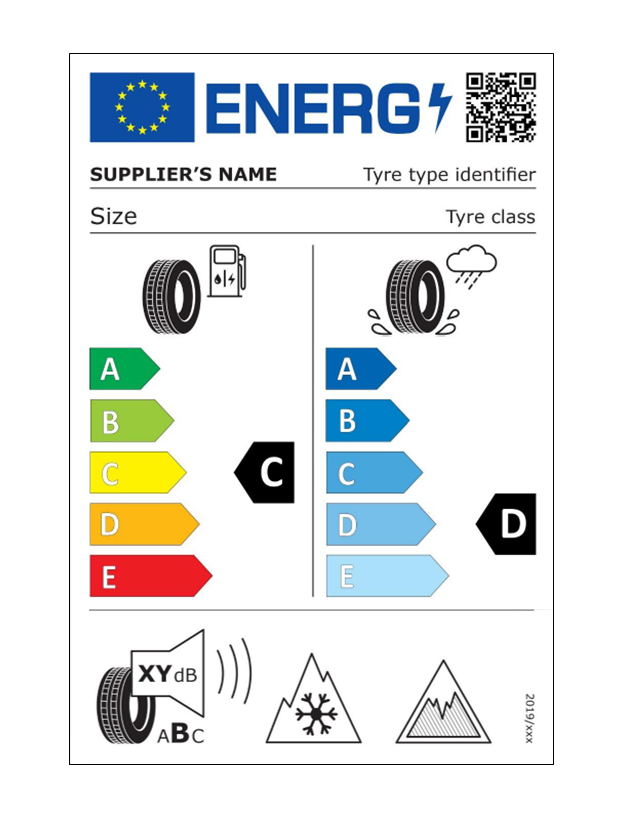There are several external factors which affect rolling resistance. Factors that you can’t control include the road conditions and the weather on any given day. For example, poor road conditions and a strong headwind will increase the force required to move your vehicle forwards. It is on days like this that having tyres designed for optimal rolling resistance will be especially important.
The load of your vehicle and weight distribution also affects rolling resistance. The heavier the load your carrying is, the more fuel you will use to keep your vehicle moving. And if the weight your carrying isn’t evenly distributed, you will suffer from increased pressure on individual tyres.
When it comes to your tyres, optimal rolling resistance is achieved through the tyre’s design. Goodyear’s engineers are always looking for innovative solutions to improve rolling resistance when designing tyres for trucks, buses, and coaches. That’s because we know how important it is for you to maximise your fuel efficiency. From the tyre’s bead and belt to the sidewall construction and tread, every aspect of the tyre impacts rolling resistance.





